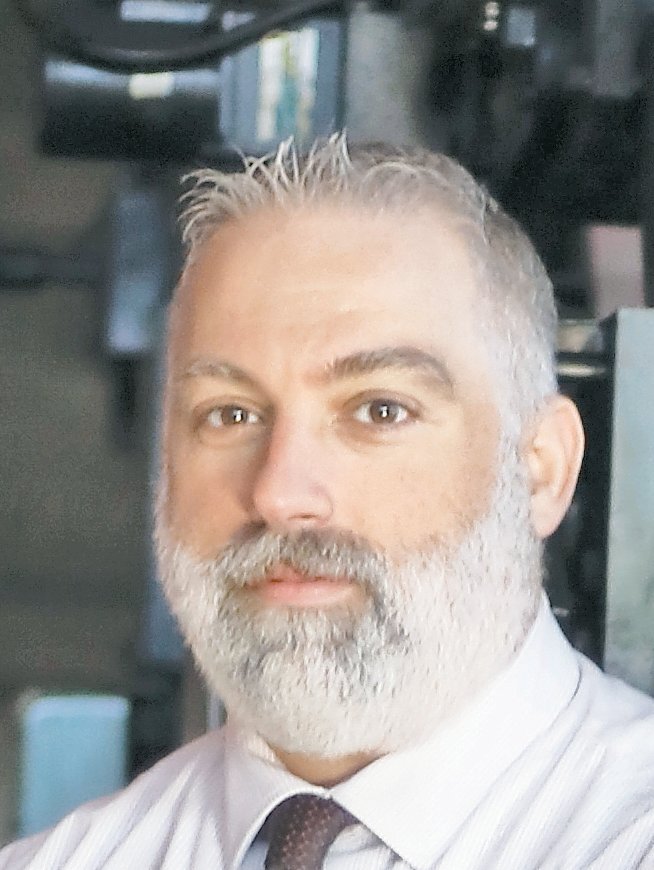Two heroes, and one captain who should’ve been ashamed
The beach is cut by the razory ice-wind — the wreck-guns sound,
The tempest lulls — the moon comes floundering through the drifts.
A tall obelisk rises from the heart of Rockville Cemetery, the Lynbrook burial ground that dates back to the earliest days of our nation. It remembers the 139 souls lost in a pair of shipwrecks — just weeks apart — off the shore of Long Island. The Bristol and the Mexico, filled primarily with Irish immigrants seeking a life away from the Great Famine, were claimed by the freezing waters in 1836 and the beginning of 1837.
Capt. Alexander McKown was guiding the Bristol on only its second voyage, waiting to dock in New York Harbor. As a storm blew in, McKown pushed the ship east, believing the waters around Rockaway Beach were deep enough. They weren’t. The Bristol smashed into a sandbar, and winds and waves started to topple the vessel.
McKown did everything he could to save his passengers, moving them to a safer part of the ship and firing his cannons as a cry for help. He could see people on shore, but knew it was impossible for them to do anything. When help finally did arrive, McKown did his best to get every survivor off the wreck — even if it meant sacrificing himself.
I look where the ship helplessly heads end on — I hear the burst as
She strikes — I hear the howls of dismay — they grow fainter and fainter.
McKown was a hero, but Capt. Charles Winslow was not. In the final hours of 1836, on New Year’s Eve, Winslow had brought his own ship, the three-masted Mexico, from Liverpool, filled with Irish families optimistic about a bright future in America.
Once again, harbor pilots were asleep at the wheel, and once again a storm forced a ship out into the open waters, winds propelling it straight for Long Island.
The Mexico made it as far as Long Beach, hitting a sandbar, where the ship flooded with icy ocean water. With the Bristol still fresh in his mind, Capt. Raynor “Rock” Smith quickly made his way through complete darkness to the scene. The Freeport wrecking master was ready to save as many as he could. But one of the first people to jump into his boat was Winslow.
“He grabbed his sword and the ship’s strongbox, and leaped into the rescue boat,” according to a historical marker in Rockville Cemetery. He left 115 men, women and children behind to “freeze to death on the deck of his ship.”
If he and his crew had stayed on the Mexico, they could have easily guided Smith’s rowboat back and forth, and saved most, if not all, of the passengers. It was a tragedy that never should have happened.
I cannot aid with my wringing fingers,
I can but rush to the surf, and let it drench me and freeze upon me.
A mass grave was created at the cemetery for those who were lost, while the people in its surrounding communities pooled their money to build the monument that dominates the historical site even today.
In 1953, it caught the attention of a young Cornell University student who had befriended the Lynbrook village clerk at the time, Harold Dana. “In Lynbrook’s old cemetery on Merrick Road, there stands a white marble monument, 12 feet high and four feet square at the base,” Ruth Bader — the future U.S. Supreme Court justice — wrote in the spring edition of New York Folklore Quarterly.
“At the south end of the monument, 139 bodies are buried in two extended rows. The years have not been kind to the inscription carved into the stone. But on close inspection, the story it tells can be read.”
It’s said that after these two tragedies, protocols at New York Harbor changed, ensuring there would always be pilots on duty, ready to bring in ships needing to dock.
The wrecks also changed the lives of those who witnessed them. Including a young Quaker teenager living in the Village of Hempstead. Walt Whitman would share his haunting memories nearly 20 years later in his poem “The Sleepers,” which was part of the first edition of “Leaves of Grass.”
I search with the crowd — not one of the company is wash’d to us alive;
In the morning I help pick up the dead and lay them in rows in a barn.
Michael Hinman is the executive editor of Herald Community Newspapers. Comments? MHinman@liherald.com.

 47.0°,
Overcast
47.0°,
Overcast 




